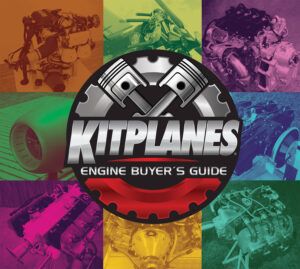 Over time, two-stroke engines in aviation have been supplanted by four-stroke units, trading low weight for a perception of greater reliability. (Fact is, two-strokes are less tolerant of abuse and mismanagement than their Otto-cycle brethren.) Today the two-stroke aircraft engine survives in aviation’s most weight-sensitive nooks such as trikes, powered parachutes and basic ultralights. It’s also a contender when purchase price is paramount, as with expendable drones.
Over time, two-stroke engines in aviation have been supplanted by four-stroke units, trading low weight for a perception of greater reliability. (Fact is, two-strokes are less tolerant of abuse and mismanagement than their Otto-cycle brethren.) Today the two-stroke aircraft engine survives in aviation’s most weight-sensitive nooks such as trikes, powered parachutes and basic ultralights. It’s also a contender when purchase price is paramount, as with expendable drones.
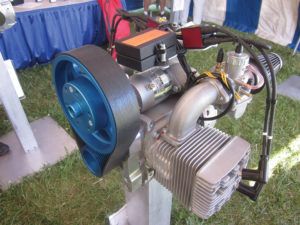
Thankfully some of the best two-strokes continue. The quality Hirth line out of Germany is available from Phil Yager at Northwest UAV in Oregon. Servicing existing Hirth engines with parts, overhauls, used engines and Blue Max oil is longtime Hirth specialist Matt Dandar in Ohio. Hirth has been in the airplane engine business for 100 years and its impressively numerous engine models range from 8 to 70 hp. Pricing has not been kind to the Hirths but the quality remains.
The once market king, Rotax, built its last two-stroke 582 UL in 2022, but as of the fall of 2023 a year’s or possibly more supply of 582s remained. Rotax dealer Lockwood Aviation Supply said only the E trim and 2.62:1 gear reduction model is available. They typically receive an engine within a few days of ordering, so there are no supply issues…until there are none.
Others have been vying for the small two-stroke market. Always especially cost-conscious, two-stroke buyers have been prone to the 34- and 60-hp MZ engines. They enjoy a low-cost manufacturing advantage from their Chinese ownership. Another entrant specializing in the powered parachute market is Italian firm Polini. Their scooter and minicross background makes them a natural in the powered parachute slalom scene.
Back to the 2024 Engine Buyer’s Guide Index










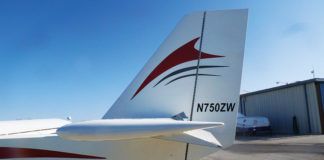
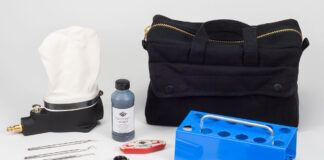
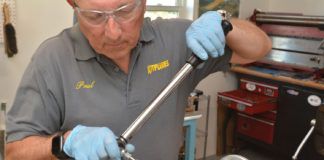
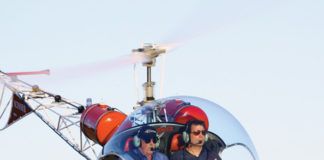
My First 2 stroke failure. Cooling fan exploded on take off, blade hit the cut off switch at about 30ft. Kinda hard landing
2nd failure,. Engine decided it was through for the day at 1000ft. Might have been overheated or just lazy.
3rd failure. Torsional vebriation broke the propeller at 300ft. That was a disaster.
4th failure, will never happen. Gliders are safer.
Rick Mason
ATP, Com. ASMELG, CFII ASMEL (retired)
Thanks for your usual good info, just a minor correction here though: HKS is four stroke two cylinder.